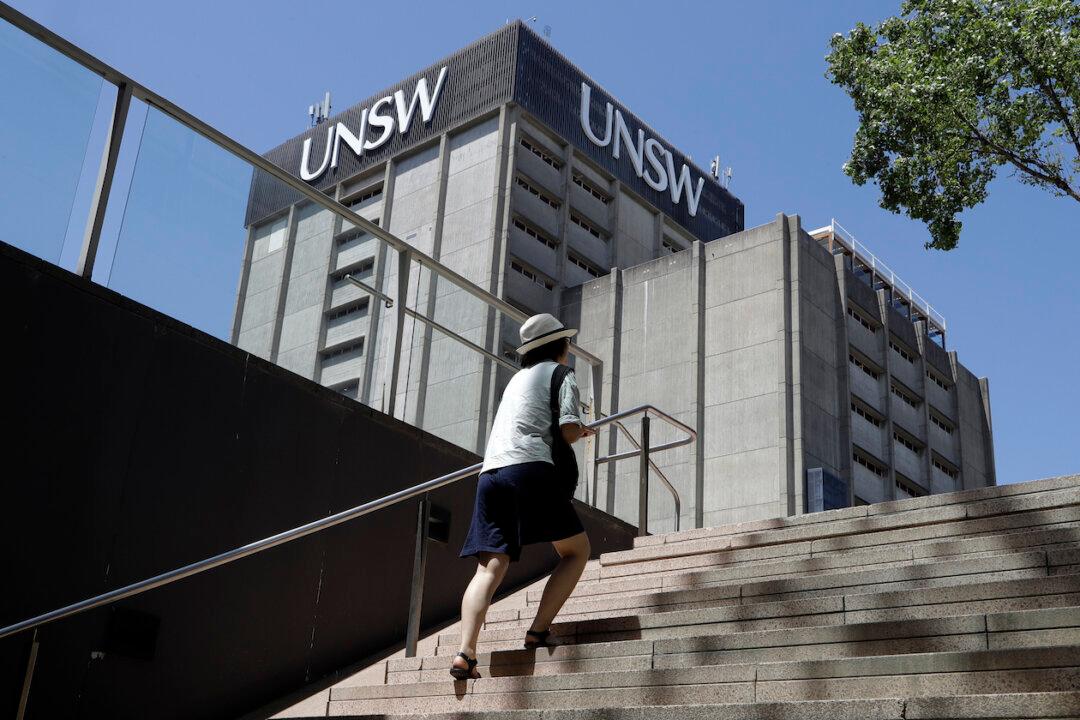A new comprehensive analysis on Australian graduate income sourced from tax data reveal that the chosen course of study plays a more important role than the institution a student studies at in determining future salary.
The findings, published on Nov. 5, analyses the 2018 income data of the student cohorts that graduated in 2007 and 2016.





